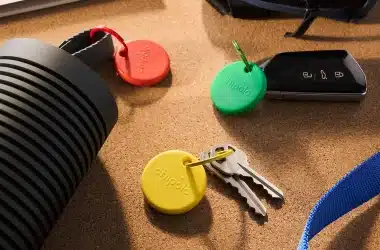Thanks to a collaborative research effort between the UCLA and Mayo Clinic, a man is walking (with assistance) again. The 29-year-old man — Jered Chinnock, has been paralyzed since 2013 by a snowmobile accident. The accident caused a loss of function below the point of the resulting spinal cord injury (which was the middle of his back at the thoracic vertebrae).
Since the study began in 2016, Chinnock underwent 22 weeks of physical therapy, and then an electrode was surgically implanted to stimulate his spinal cord. The electrode — an epidural electrical stimulation device, enabled him to walk with the assistance of a walker and trainers.
Video Courtesy Of the Mayo Clinic News Network.
He walked 111 yards (102 metres), took 331 steps, and stepped at a speed of 13 yards per minute.
“What this is teaching us is that those networks of neurons below a spinal cord injury still can function after paralysis,” says Kendall Lee, M.D., Ph.D., co-principal investigator, neurosurgeon and director of Mayo Clinic’s Neural Engineering Laboratories.
This may lead to further advancements that enable people to walk briskly again after spinal cord injuries, which have left many people paralyzed for life. Hopefully, his training results in further improvements that enable him to walk without assistance.






